Contents
EVERYTHING YOU NEED TO KNOW ABOUT Precalciners
[wpecpp name=”package + Updates forever” price=”250″ align=”center”]
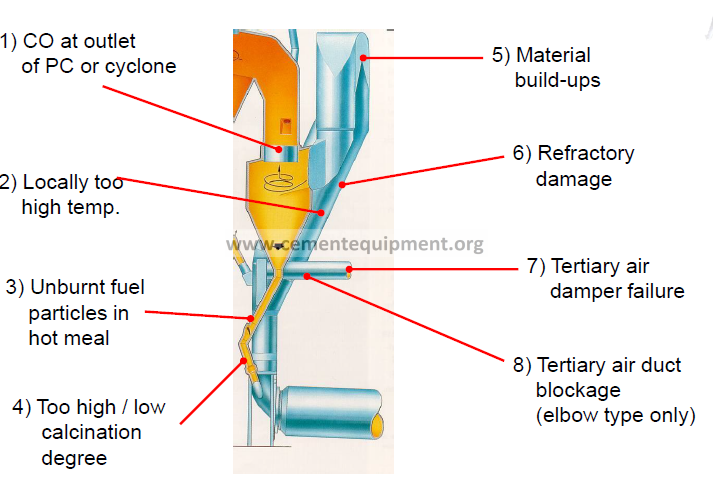
Precalciners
Learning Objectives Precalciners
-Understand the principleof precalcination.
-Know the basic precalciner types
-Know the main featuresof the various precalciner types
-Know the advantagesof precalcination
-Understand the principle of low NOxprecalciners
-Know possibilities and limits of lump fuelin precalciners
Precalciners: Content
Content
-Principle and theoretical aspects
-Precalciner design
-ILC precalciners
-Pre-combustion chambers
-Low NOx precalciners
-Solid AFR in PC: priority and new solutions
-Optimization possibilities
-Main Benefits of Precalciner Technology
Energy Balance of Process Steps for Clinker Burning
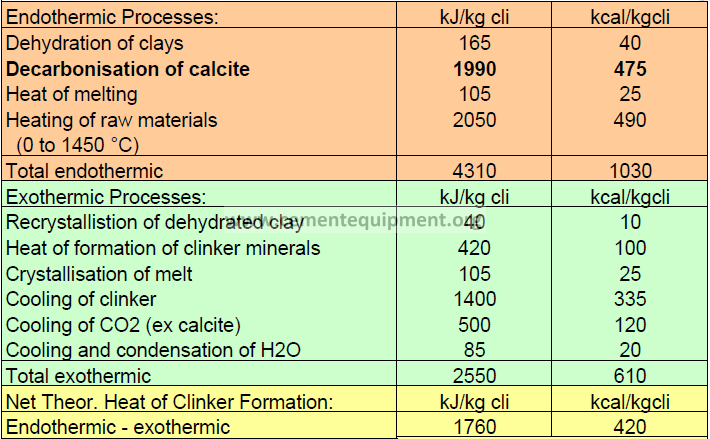
AT (Air Through) and AS (Air Separate)
Definitions:
PA =Primary Air
SA = Secondary Air
TA = Tertiary Air
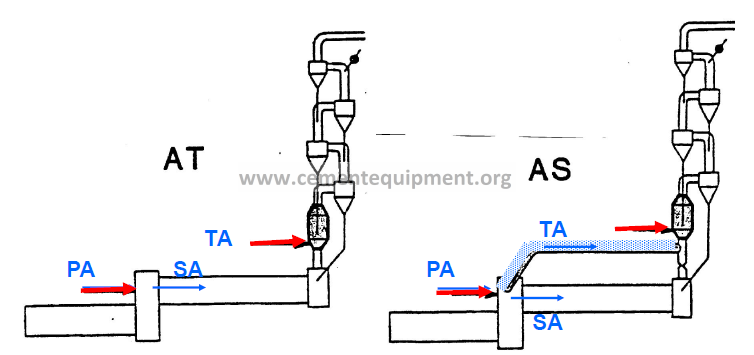
Precalciner –Preheater Arrangements
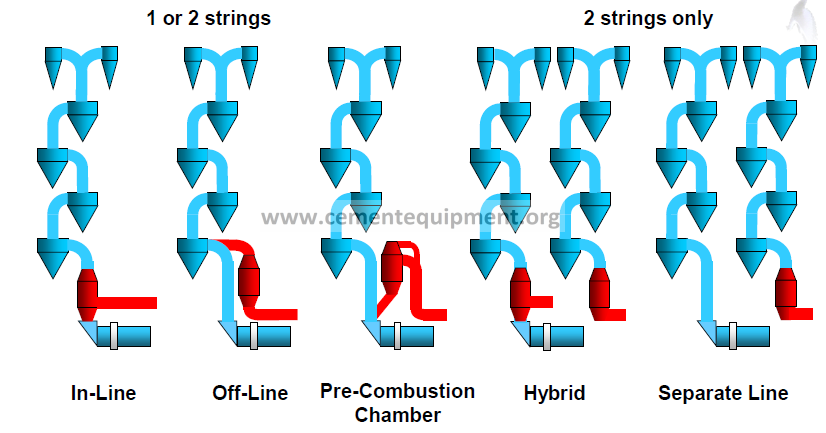
Comparison of Calciner Arrangements
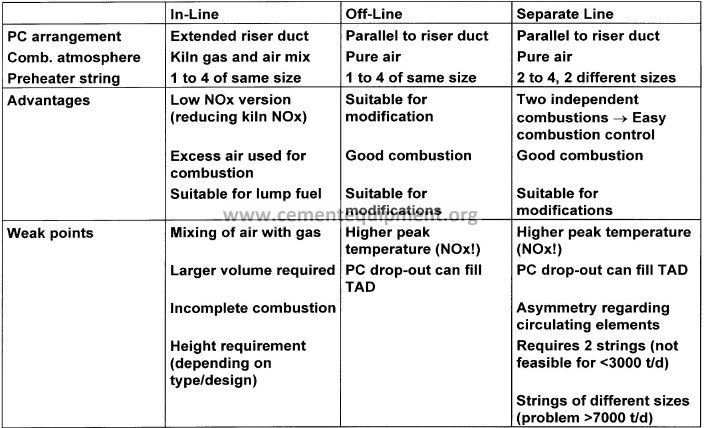
Requirements I
Process:
-High calcination degree
-Good control of calcination degree
-No material drop-out (meal, ashes etc)
-No build-ups on walls
-Simple and rapid start-up procedure
-Forgiving operating behaviour
-Flexibility regarding fuel ratio BZ / PC
-Safe regarding equipment overheating
-Minimum primary air requirement
Minimum pressure drop
Requirements II
Combustion
-High burnout degree of fuels
-Best mixing of air (O2) with fuel
-Instant ignition of all fuels
-Direct return of fuel residues to kiln
-Optimum combustion monitoring / control
Fuels:
-Suitable for all fuel types (high flexibility)Insensitive to changes of mix of fuels
-Suitable for low reactivity and toxic fuels
Requirements III
Emissions:
-Reduction of pollutants from BZ
-No (low) generation of pollutants in PC firing
-Possibility for SNCR
Tertiary Air System:
-No dust deposits and dust cycles
-No hot dust handling
-Reliable O2-control for BZ and PC firing
Design:
-Easy integration in preheater
-Stepwise upgrading possible
Precalciner Control
-Via Fuel Rate
Normally 45% to 60% of total fuel
-According to Calcination Degree of bottom cyclone hot meal (via LOI); Normally 85% to 95% apparent calcination degree
-According to Gas Temperature at exit of bottom cyclone ;Normally 840°C to 890°C
True and Apparent Calcination Degree
True calcination degree:
Degree to which the calcination is completed, i.e. extent to which the CO2 is dissociated from the CaCO3.Extremes:
Raw meal 0% (LOI=35%)
Clinker 100% (LOI= 0%)
-Apparent calcination degree:
The calcination degree determined from a hot meal sample taken from the meal duct of the bottom
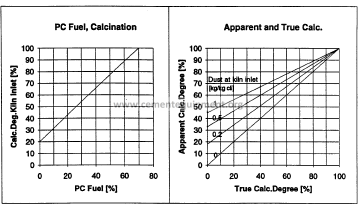
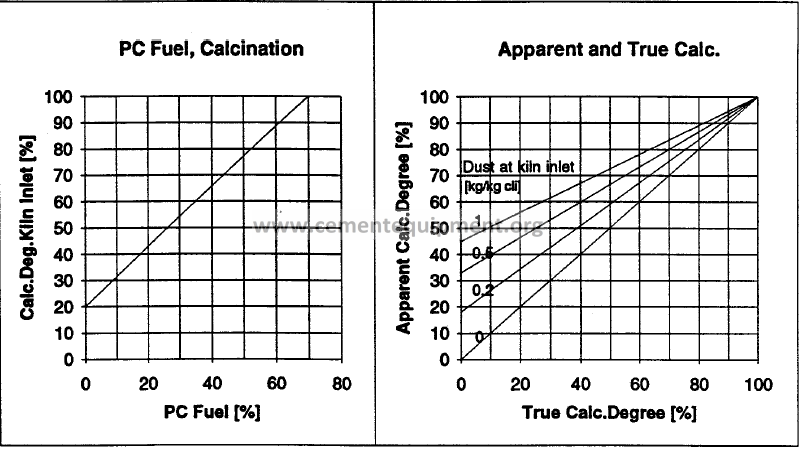
O2Control for PC/BZ: Tertiary Air Damper
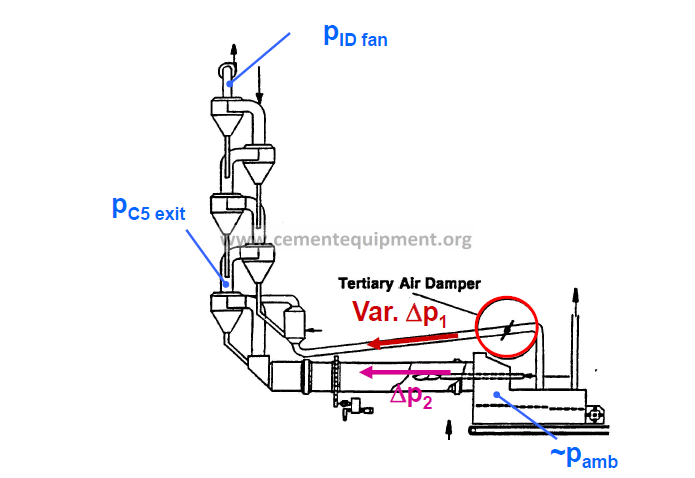
O2Control for PC/BZ: Kiln Riser Orifice
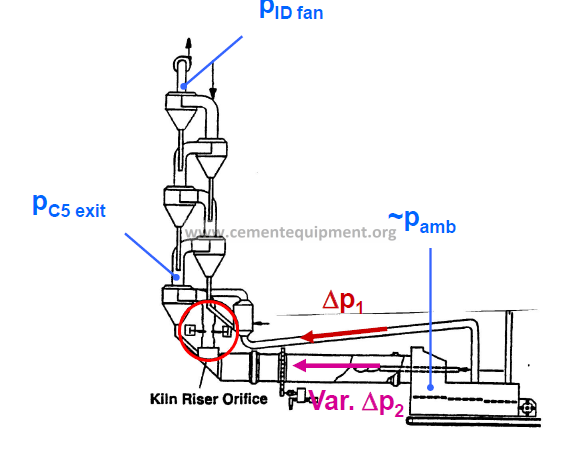
Precalciner Elements
-Long tubes “gooseneck type”
-Large volume “vessel type”
-Tertiary air frontal impact
-Tertiary air tangential inlet
-Orifice
-Bends, curves and vessels
-Multiple burners
-Hot spot with and without control
-Precombustion chamber
Dimensioning Criteria for Precalciners
1.Gas Retention Time
(for combustion in pure air)
decisive for complete combustion

2. Meal Retention Time
decisive for complete calcination
Actual meal retention times are 6 to 12 seconds,
at the above gas retention times.
Calcination takes much less than that which
means that meal retention time is not a
decisive design criteria.
Fuel Reactivity Examples:
Low: Petrol coke
Medium: Bituminous coal, natural gas
High: Lignite, fuel oil
Inline Calciners:
Due to less favourable conditions for combustion
(presence of kiln gas, imperfect mixing of
tertiary air with kiln gas), the following rule of
thumb can be used for sizing this PC type:
Recommended gas retention time + 0.5 to 1 sec
Standard PrecalcinersIn-Line and Off-Line AT
FLS, KHD, KSL, Polysius
In-Line Calciners I
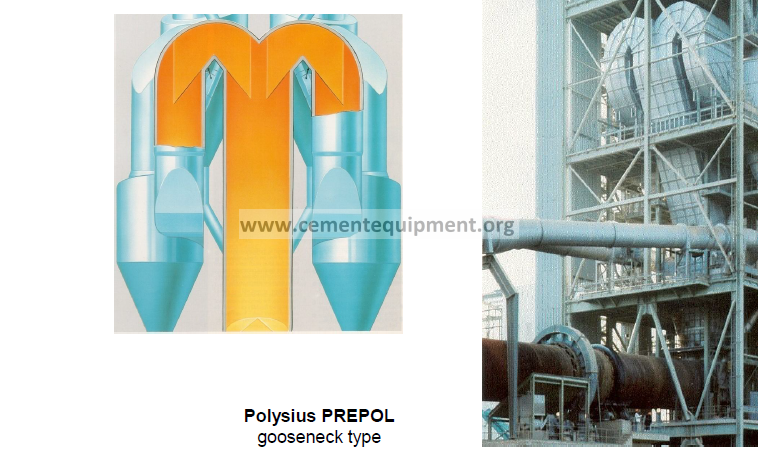
In-Line Calciners II
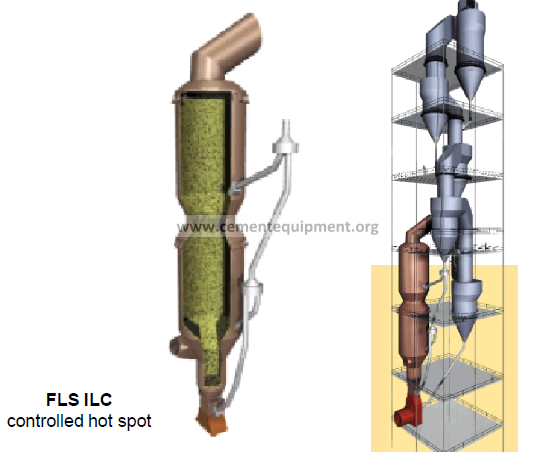
Pre-Combustion Chambers
RSP (Technip), FCB, Polysius, FLS
Calciners with Precombustion Chambers I
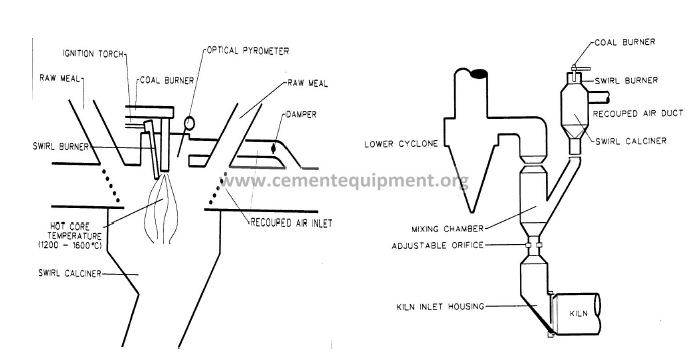
Calciners with Precombustion Chambers II
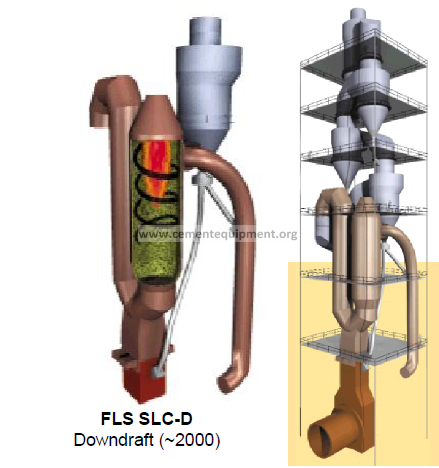
Low NOx Precalciners
FLS, KHD, Polysius a.o.
Low NOx Precalciners
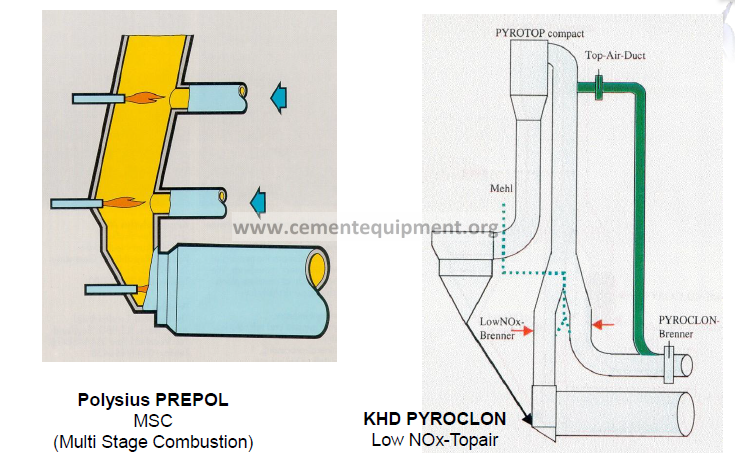
Precalciners for Lump Fuels(Tires etc): Future Development
FLS, Polysius, KHD,
Blue Circle, Ash Grove
PC for Solid AFR: FLS Hot Disc
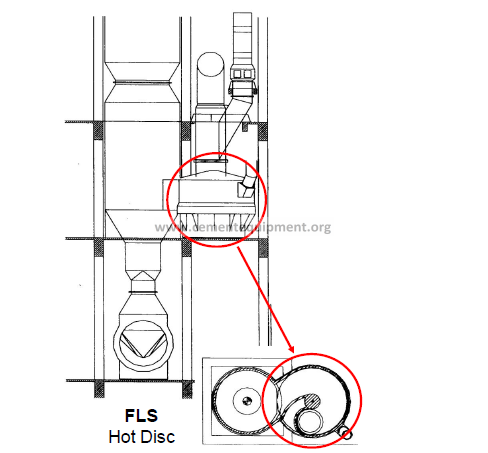
PC for Solid AFR: BC-Lafarge AFR Ram
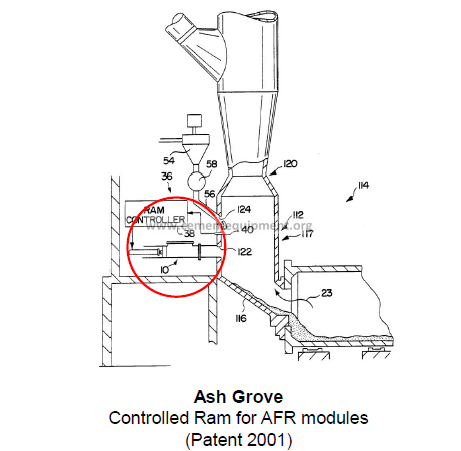
Pre-Calciner: Typical Problems
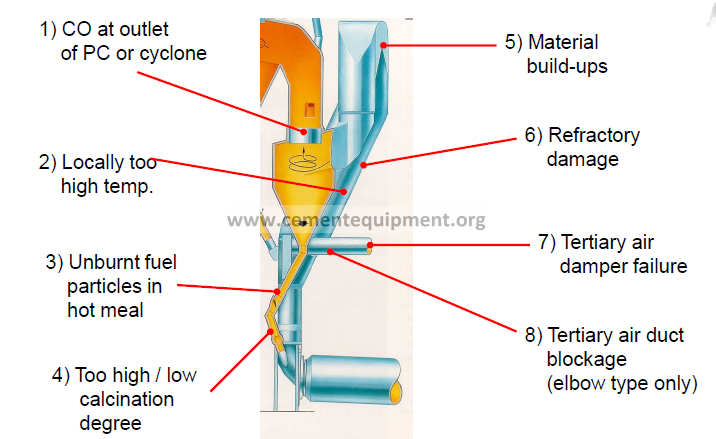
Main Benefits of Precalciner Technology
1. More stable kiln operation due to better kiln controlvia two separatefuel feed/control points
2. More stable kiln operation due to controlled meal conditions at kiln inlet
3. Reduced thermal load of burning zone
4. Lower refractory consumption as a result of 1. to 3.
5. More than double capacities possible with given kiln (10’000 t/d: 6 x 95m)
6. Possibility of increasing capacity of existing kilns
7. Reduced volatilisation of circulating elements
8. Reduction of cycles (S, Cl, Na2O, K2O) with lower bypass rate / losses
9. Makes short kilns possible with 2 stations, L/D < 12
10. Possibilities of NOx reduction
11. Lump fuel (AFR) utilization (in-line only)